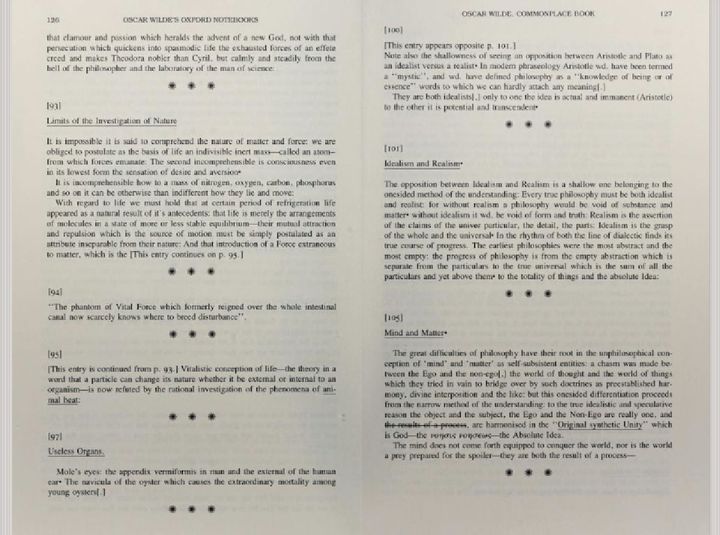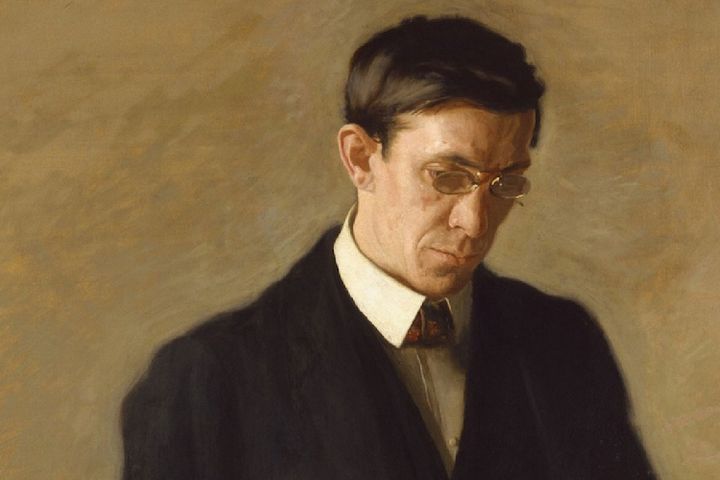Hamlet's Procrastination and Nietzsche

That one question that has been puzzling readers and academics of Shakespeare forever: Why doesn’t Hamlet take revenge when he finds out the horrible murder of his father? The high number of plausible explanations regarding his procrastination, and its success in making readers contemplate is what makes Hamlet so great. Nietzche is one of the many who comment on Hamlet’s seemingly unreasonable and ambiguous procrastination. He only briefly touches upon Hamlet in his first book ‘The Birth of Tragedy.’ In this post, I would like to extend his argument to the discourse around religion in Hamlet.
In his book ‘The Birth of Tragedy,’ Nietzche writes that there are two forces or drives in art: the Apolline and the Dionysiac. Apolline, named after the Greek god Apollo, is the drive towards individuality, order, limits, moderation, and representation. Dionysiac, on the other hand, is the drive towards destruction. Since Nietzche believes life to be an aesthetic phenomenon, his view of life is also bound up with these two forces of creation and destruction. In fact, he thinks the creation and destruction, good and the bad in life can only be justified with the analogy of a child playing with the sand, creating shapes, and then destroying them just for the pleasure of it, without any rational principle. So, according to that, as humans, we are in that cycle of creation and destruction and not any more aware of it than the shapes being created and destroyed in the sand.
In ‘The Birth of Tragedy,’ Nietzche touches briefly on Hamlet, but his short argument opens up to various ways of understanding the play. He describes Hamlet in this very short but expressive quote: ‘Dionysiac man is similar to Hamlet: both have gazed into the true essence of things, they have acquired knowledge and they find action repulsive, for their actions can do nothing to change the eternal essence of things; they regard it as laughable or shameful that they should be expected to set to rights a world so out of joint. Knowledge kills action; action requires one to be shrouded in a veil of illusion - this is the lesson of Hamlet.’ The implication here is that the knowledge Hamlet attains is not just the identity of the murderer of his father, but something more. I think that it is his realization of the cyclic and unpurposeful creation and destruction, which is what he cannot bear to know. According to Nietzche; both art and religion are all illusions, but that is good because insight into the true nature of existence would be unbearable for men: it’s either some level of illusion or death.
In the play, Hamlet approaches religion as being full of representations that make the horrible nature of existence bearable for humans by exploring the cyclic and transformative forces implicit in religious practices like the Eucharist. For example, in both Catholicism and Protestantism, the Incarnation and Resurrection occur over and over again. It’s just that in the Catholic doctrine, it is not only a performative ritual of remembrance but the bread and wine used during the mass literally become the flesh and blood of Christ. Furthermore, it is not just his body that becomes present, but the body also holds his divine spirit. Thus, transubstantiation indicates an endless transformation of the dead into other substances which rejects the idea of an end in death, endorsing a cyclic understanding of time contradicting the linear concept of time of Christianity. When the king asks him where Polonius is, Hamlet responds “At supper” but “Not where he eats, but where ‘a is eaten” (3.6.19-21). Hamlet’s response invokes the Last Supper itself, the Eucharist, Polonius’ dining, and Polonius’ being eaten by worms. So, Christ’s death parallels Polonius’ death, and Chris being eaten by humans in mass parallels the worms eating Polonius’ body. Thus, Hamlet forms an interesting correlation between the ritual of Eucharist and the material decay and transformation on earth. Hamlet’s use of this correlation suggests that the concept behind transubstantiation is the material transformations of matter that occur on earth. The play also emphasizes how the ritual of the Eucharist depends on an endless repetition that denies the finality of death. Right after saying Polonius is at supper, he says: “A man may fish with the worm that hath eat of the king, and eat of the fish that hath fed of that worm” (3.6.24-25). So, there is no end in death as the Christian doctrine seems to suggest, but only things transforming into other things, and the ritual of Eucharist endorses this view of time.
Similarly, the doctrine of Purgatory works against the linear time of Christianity which claims there would be a beginning and an end to life. In his book, Hamlet in Purgatory, Greenblatt argues that Purgatory forms a link between “the living and the dead” and enables the dead to be “not as utterly gone, finished, complete” as those in hell or heaven (17). The protestants who believe sanctification would be complete by the moment of death reject the idea of purgatory and believe that death means cutting off all connections with the living. Even though according to Christian theology, the Purgatory ends in heaven, the concept of Purgatory still prolongs and obscures the end that is supposed to come by death. We cannot know if a dead person is in Purgatory, Hell, or Heaven which means that many Christians are led to believe that life doesn’t necessarily come to an end with death. Greenblatt also informs that in medieval and Early Modern churches, corpses were buried in the hallowed ground of the churchyard or even under the floor or in the wall of the church and the worshippers could pray in close proximity to those whose souls passed on to their reward and punishment, and these burial practices resulted in “the smell of decay” (18). This means that the idea of life not ending at the instant of death is endorsed by the burial practices of devotees.
Hamlet’s death, at the end of the play, is also not a proper illustration of how death occurs in a Christian context. He exclaims “I am dead,” but this utterance suggests he is still connected to the living as if death is not the instant end of all life and that his death doesn’t mean complete annihilation. Moreover, Horatio tells Fortinbras: “give order that these bodies / High on stage be placed to the view; / And let me speak to th’ unknowing world / How these things came about” (5.2.337-339). Through this act, Hamlet’s body and Horatio’s speech will merge to enable Hamlet’s resurrection. At the same time, Fortinbras will continue to rule the kingdom, suggesting the inevitable and endless rotatory nature of time and human society in which nothing is new. Hunt writes: “the temporal pattern, in this case, is circular, the wheel coming round, the serpent taking its tail in its mouth. This purported cyclical pattern lends Shakespeare's play its sense of inevitability, of the tragic course of every life” (389). Hunt’s interpretation of the cyclic patterns draws attention to the helplessness of humanity in the whirlpool of existence. Hamlet’s death does not mark an end even to the play itself since all things continue in the right order with the arrival of Fortinbras.
So, Hamlet illustrates the gradual destruction of a man who is overwhelmed by the knowledge he acquires as he contemplates his father’s death. Through Hamlet’s speeches, the play suggests religious beliefs and practices such as the Eucharist and Purgatory to be mediators between humanity and the horrible nature of existence.
Image by Colleen ODell from Pixabay


